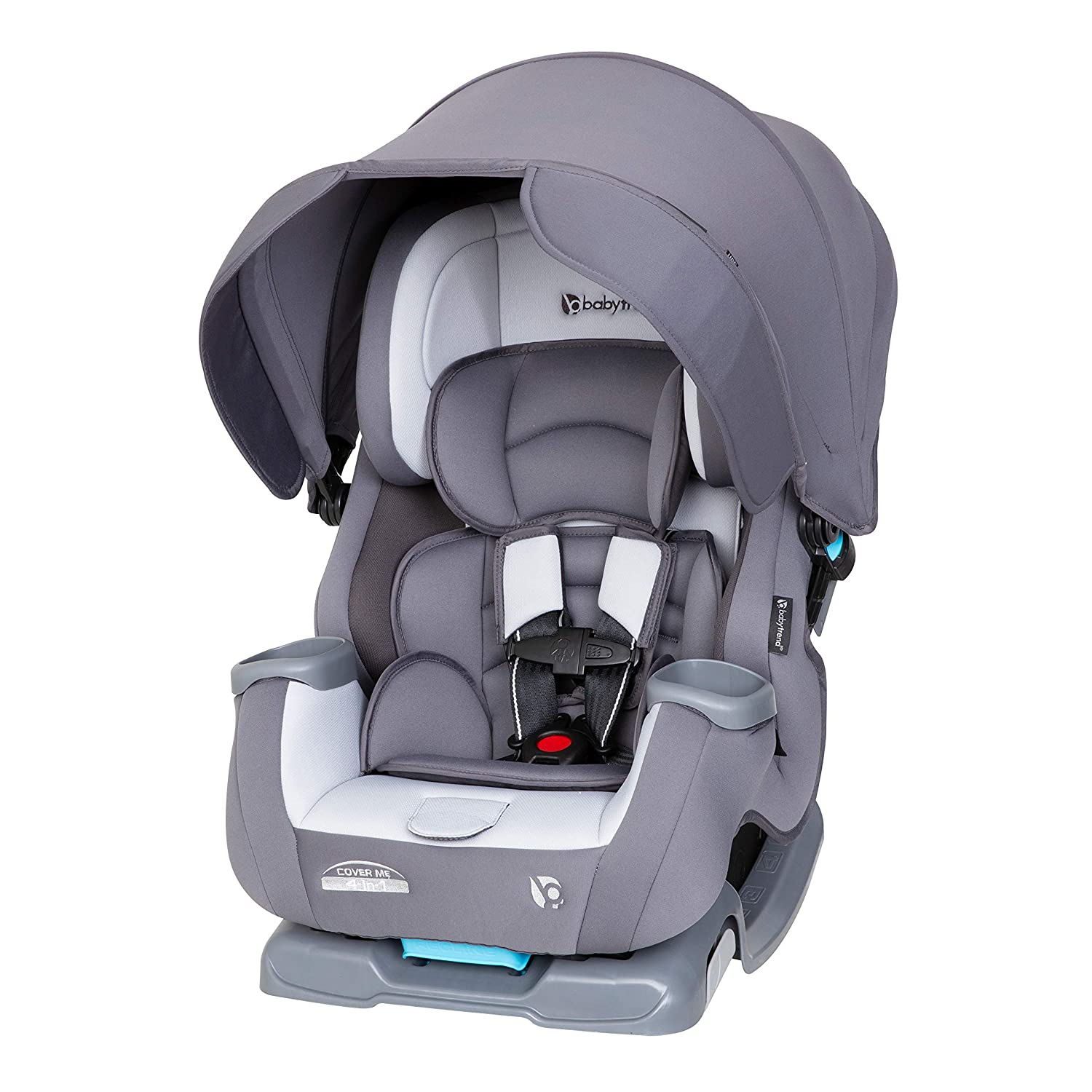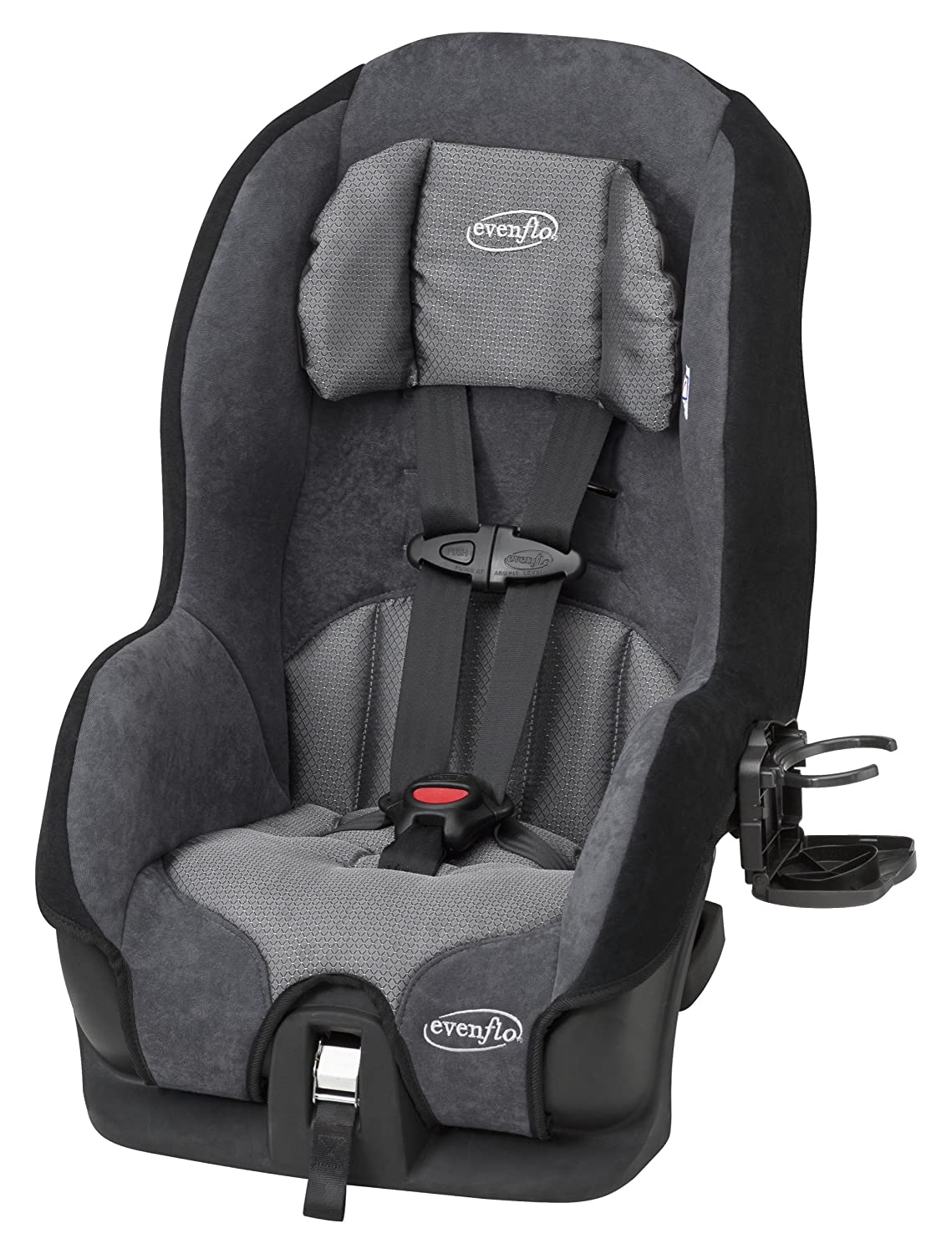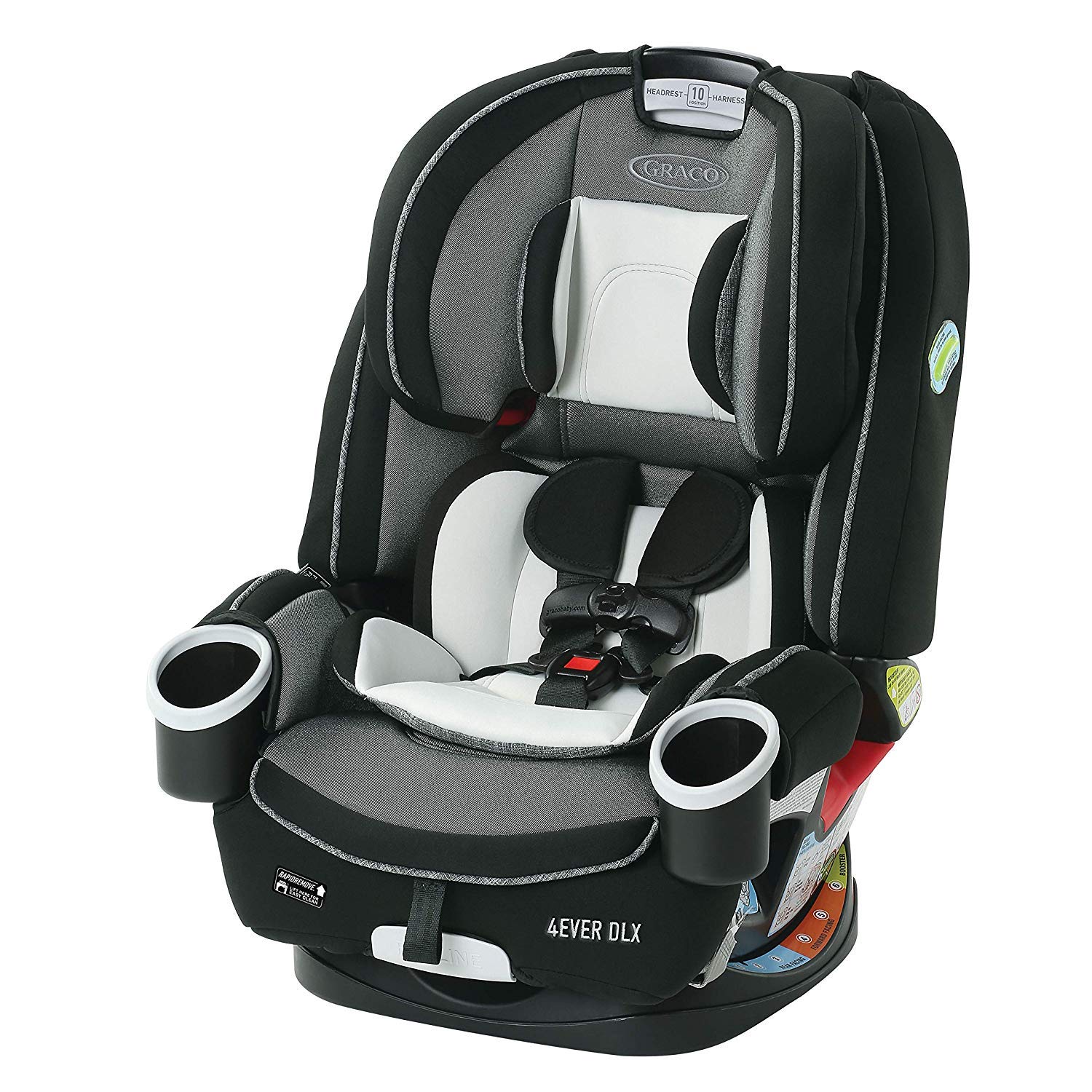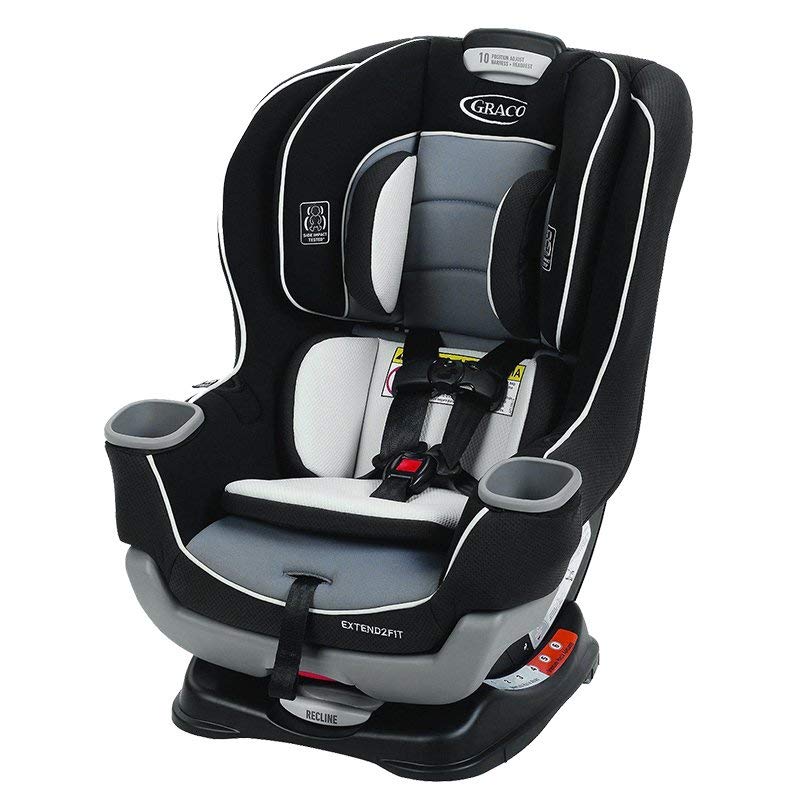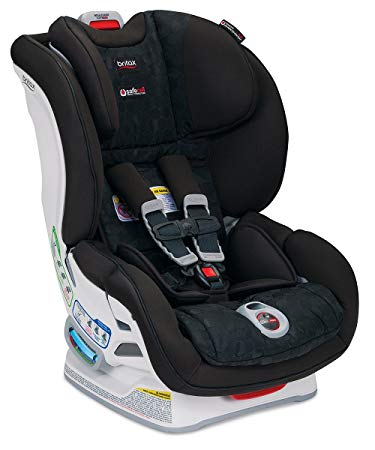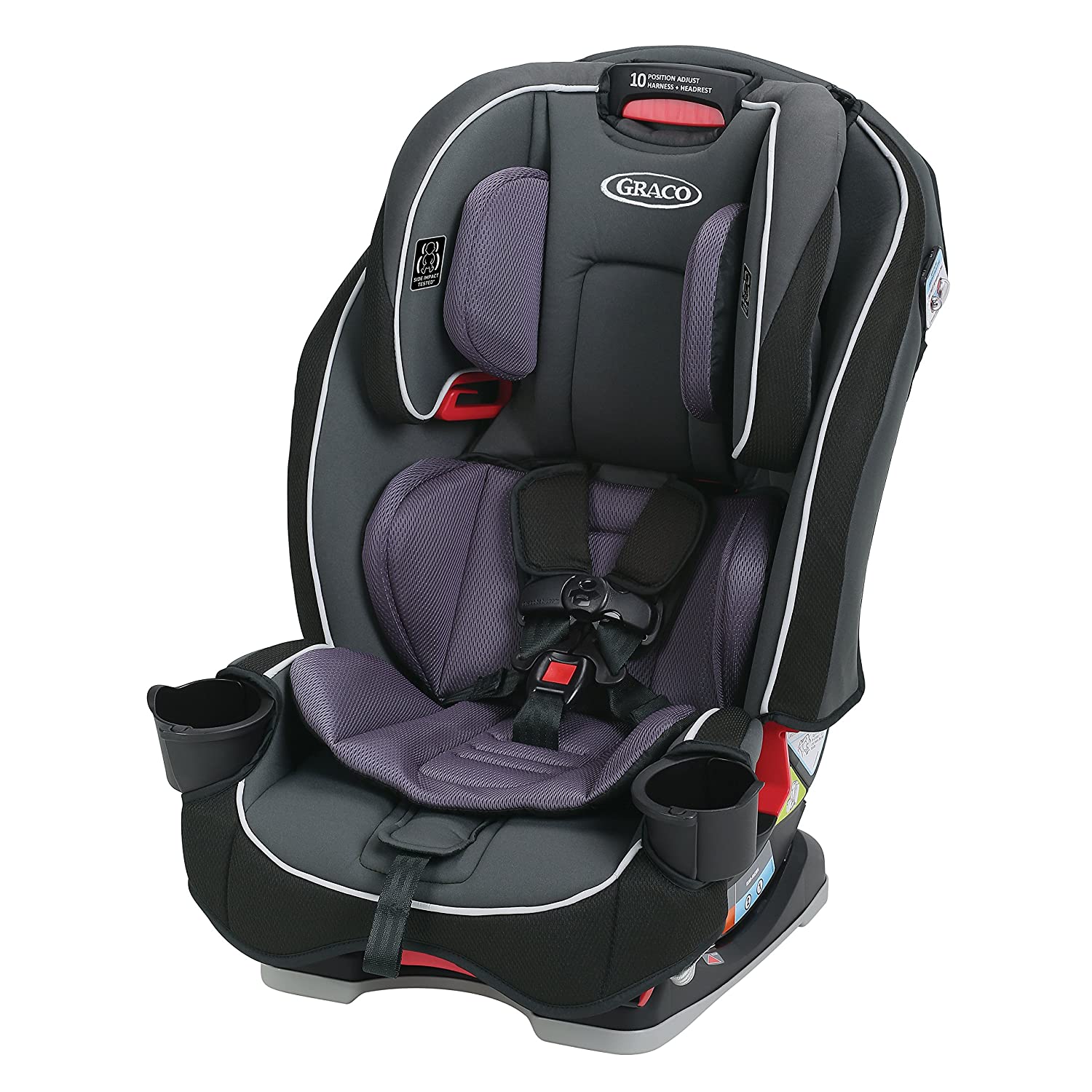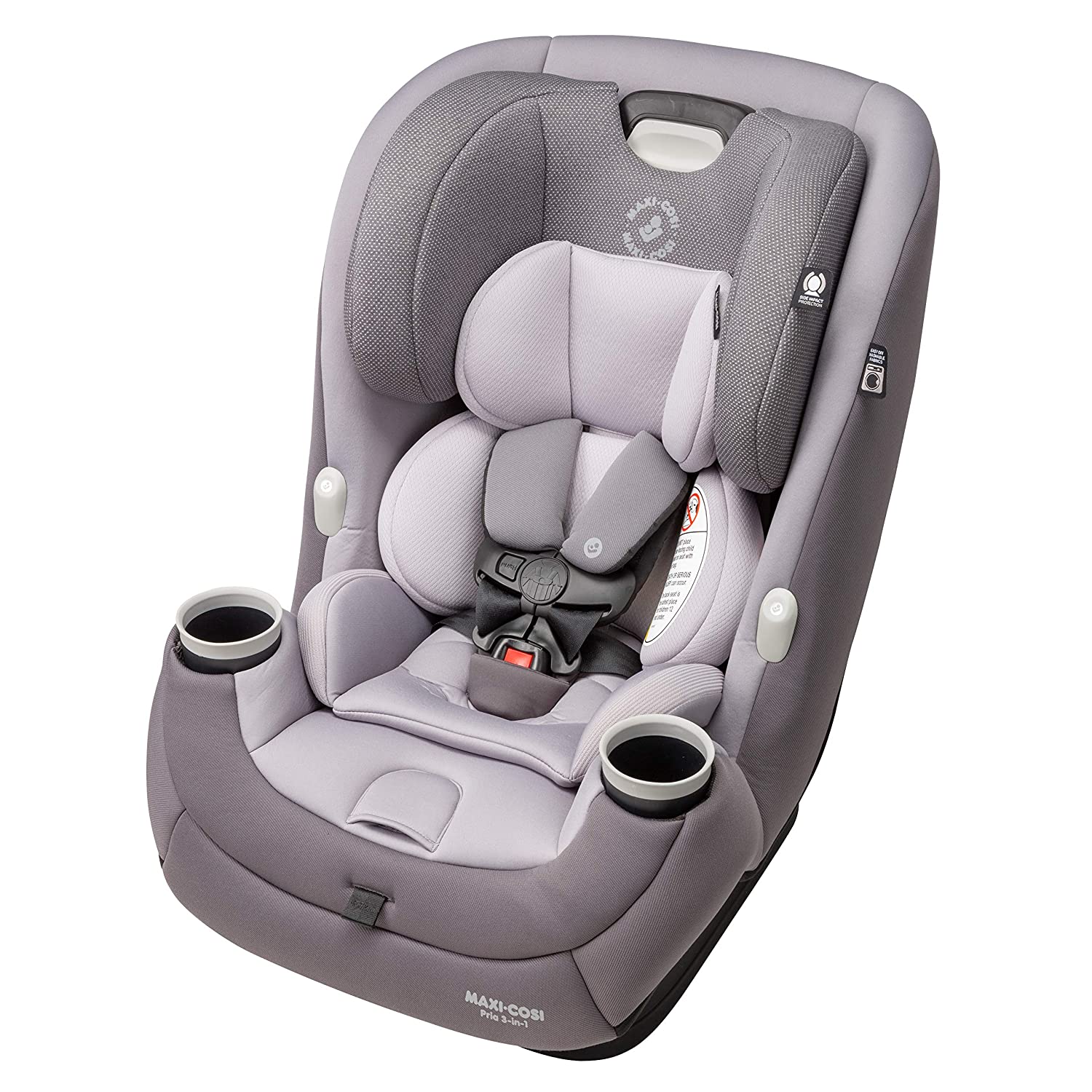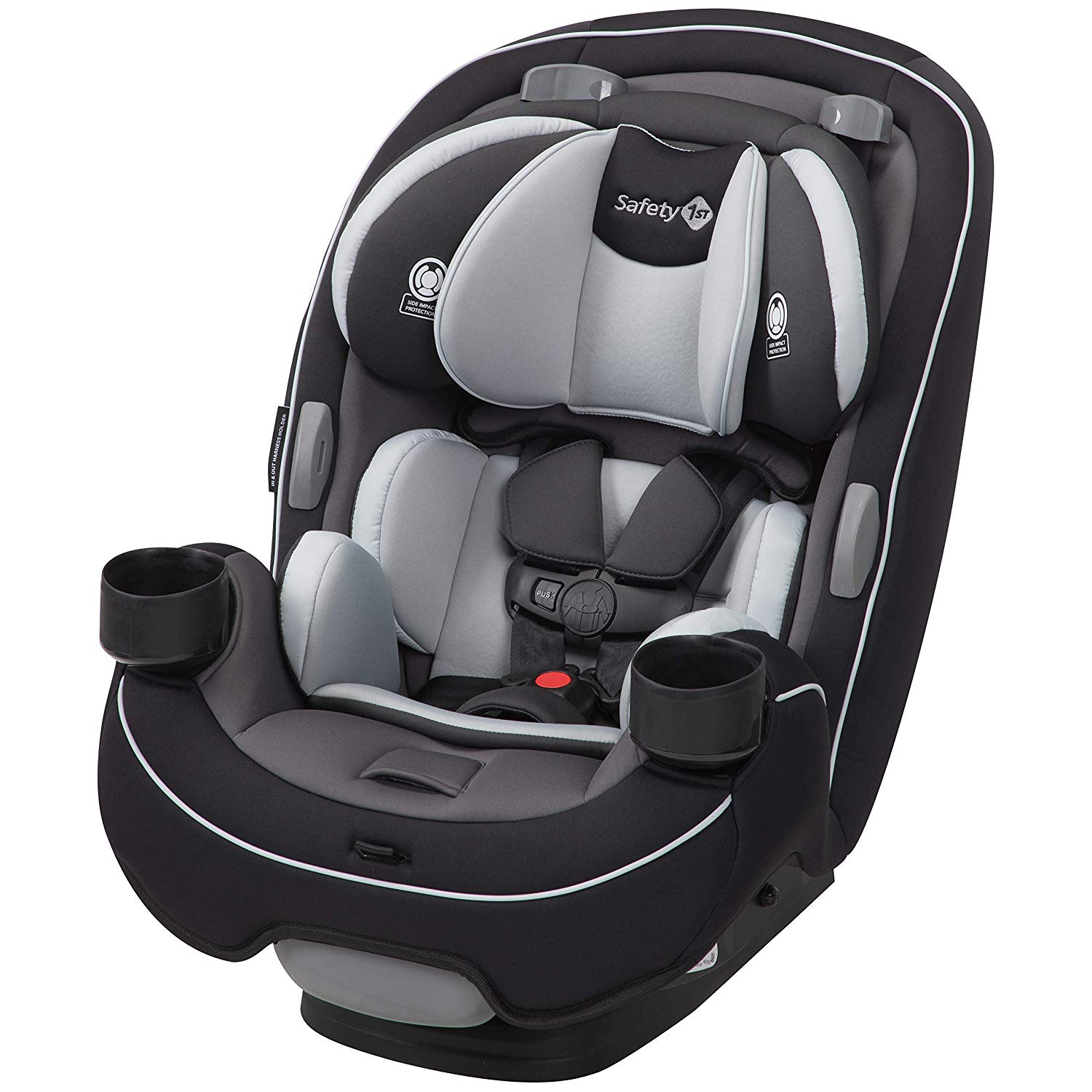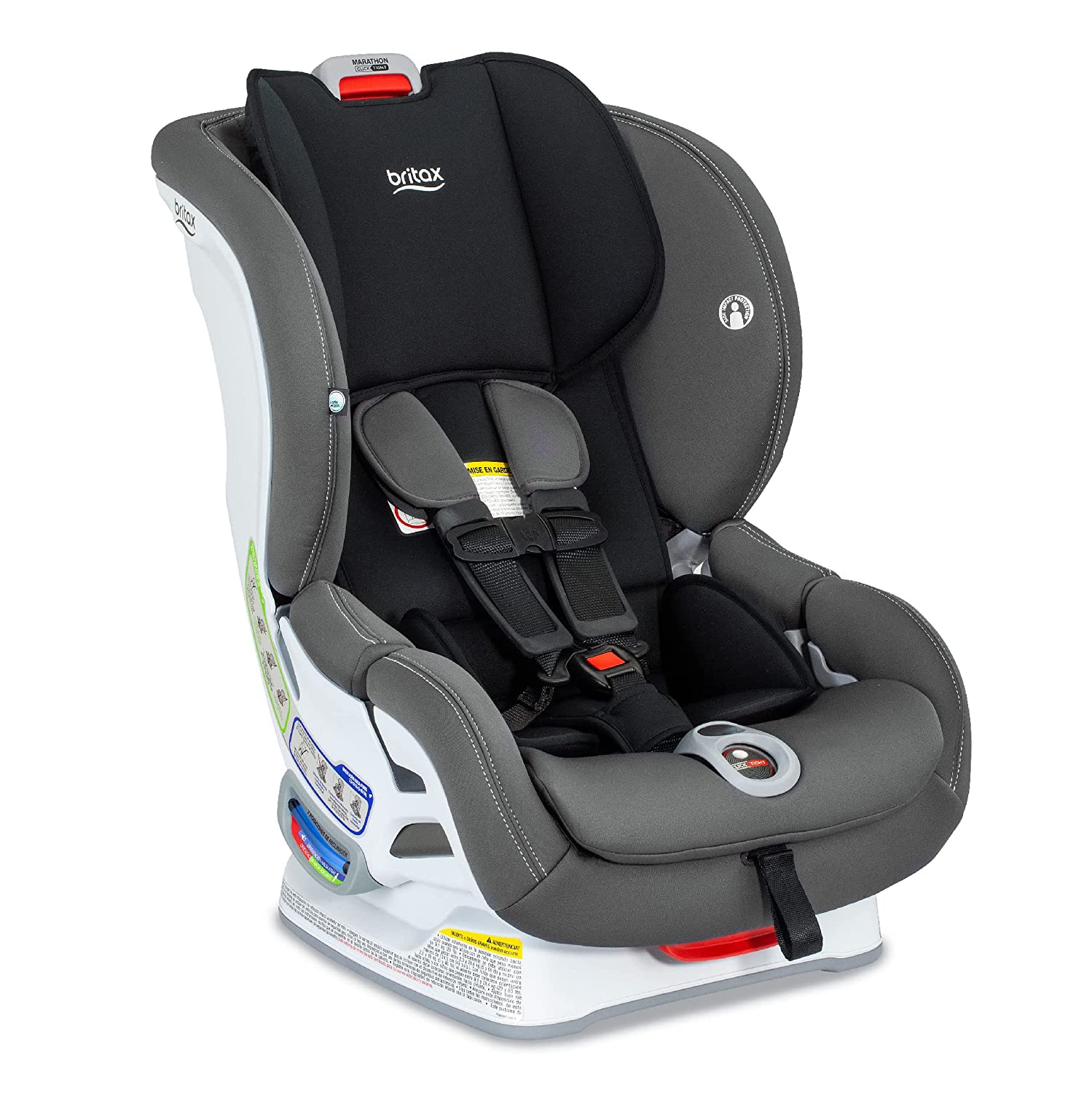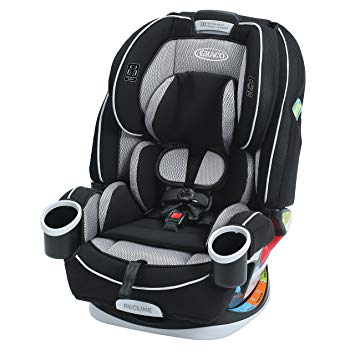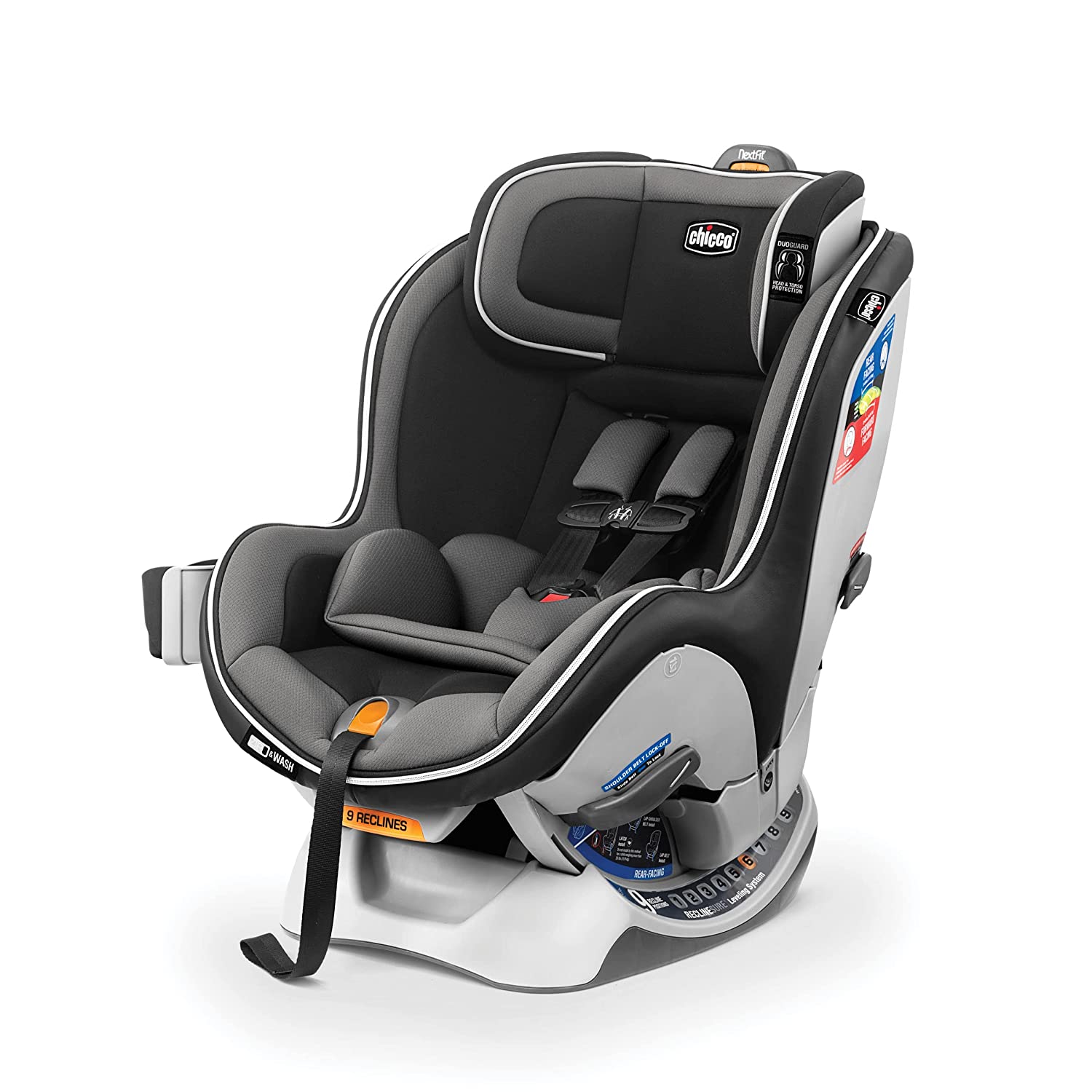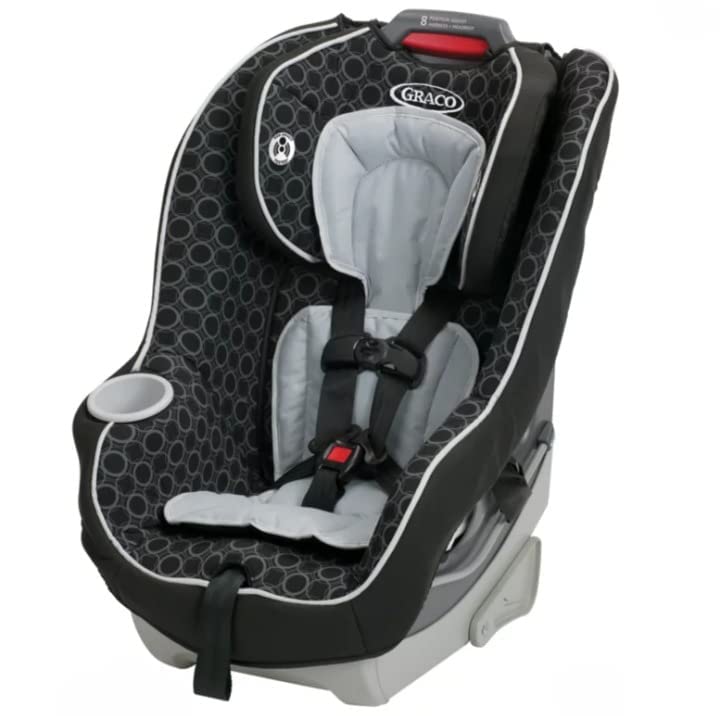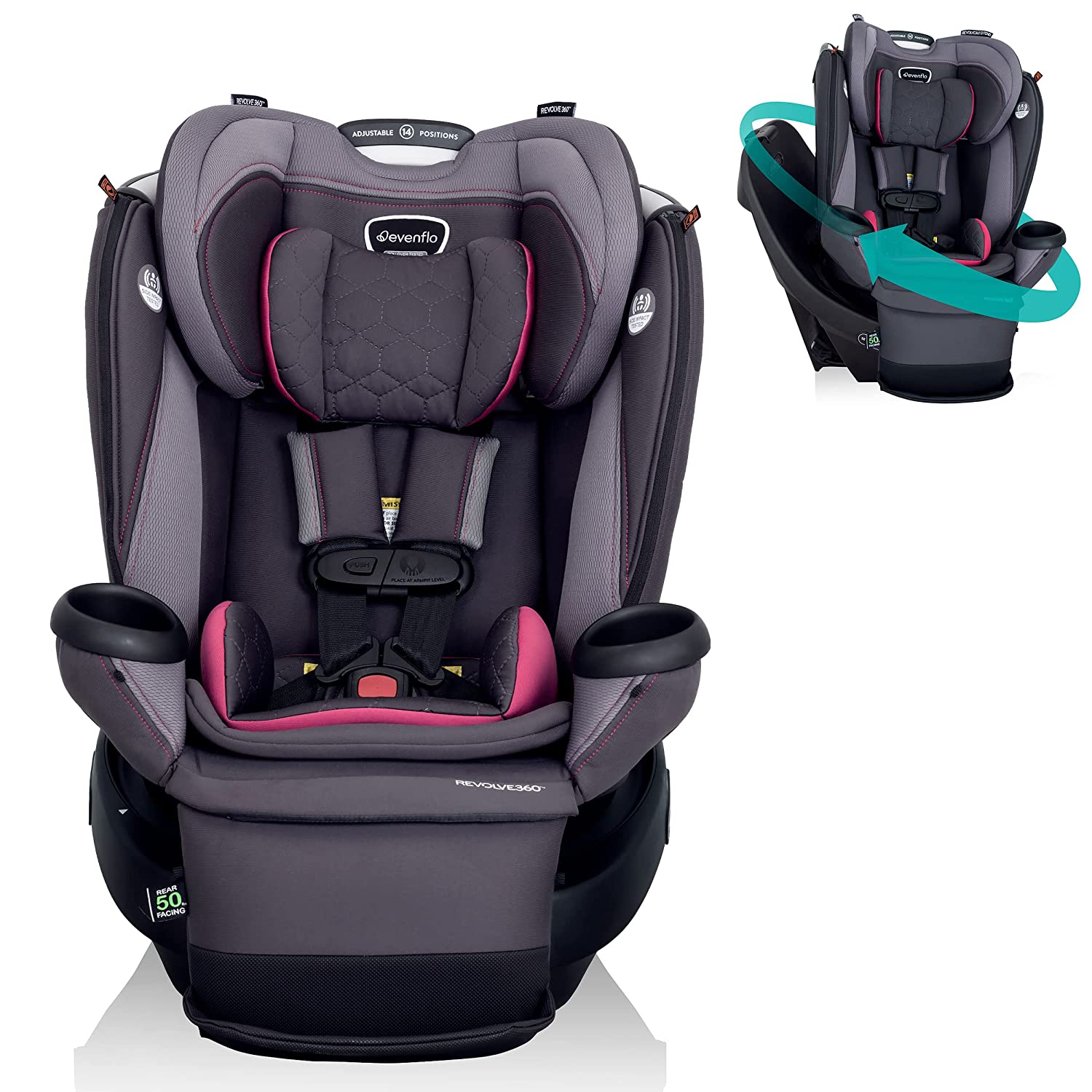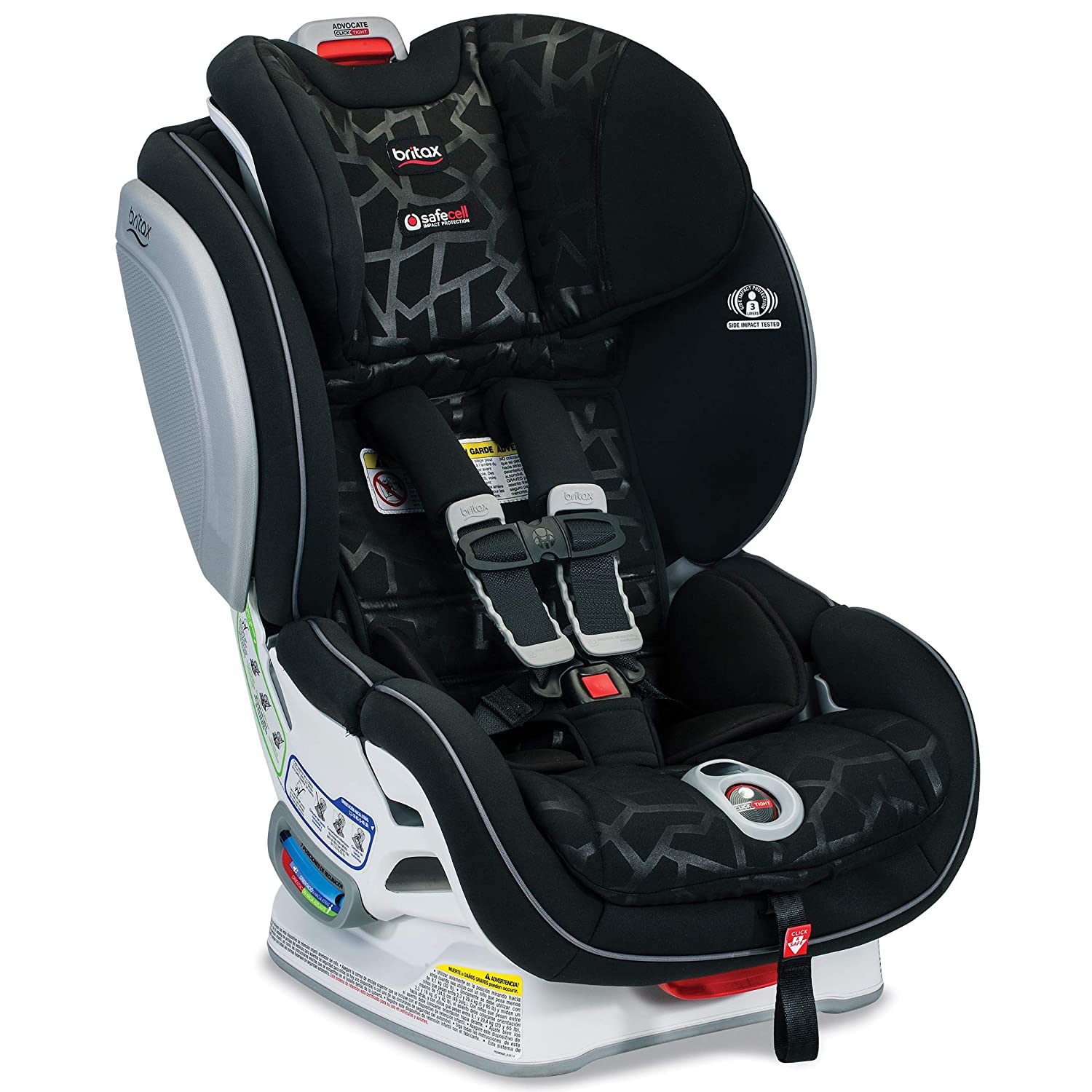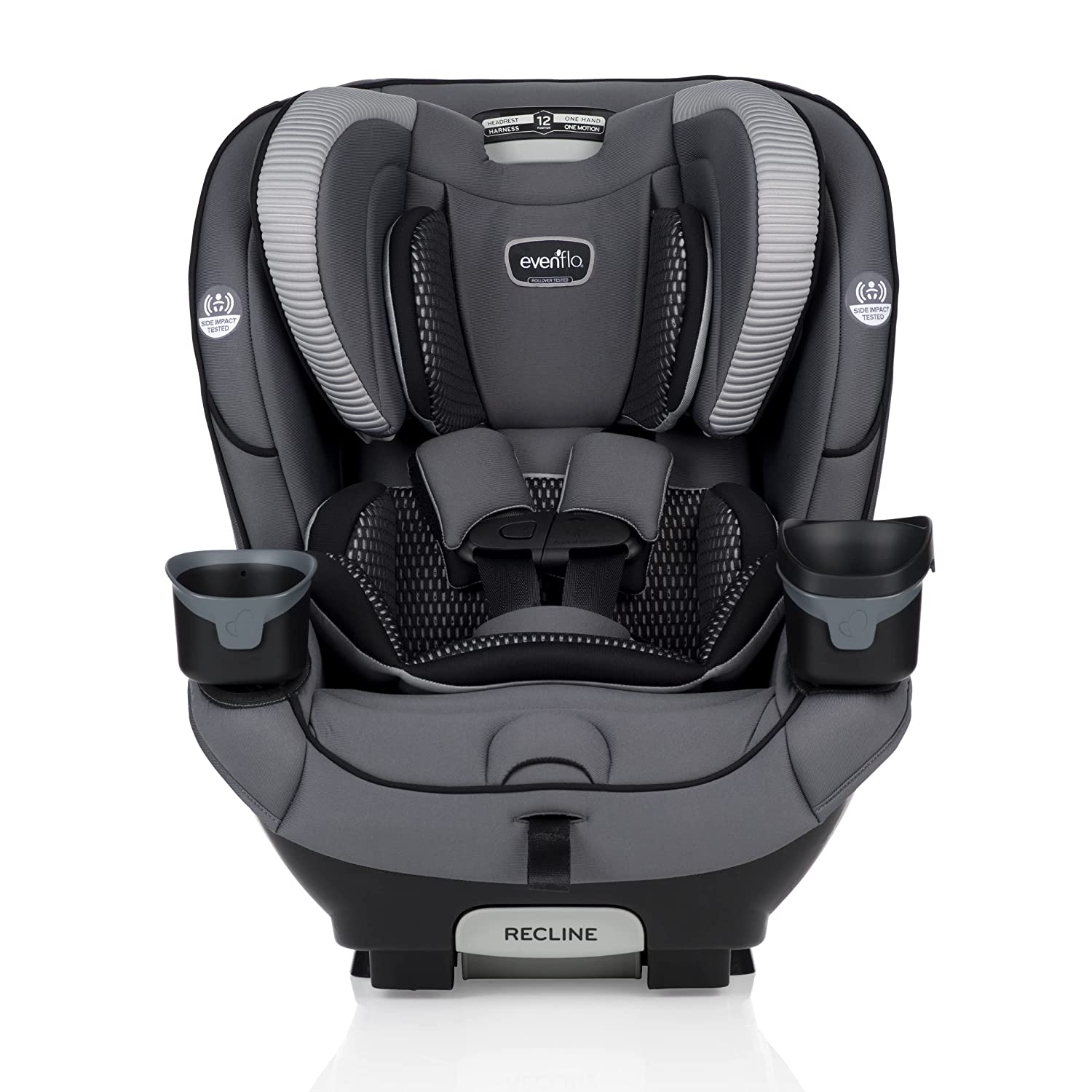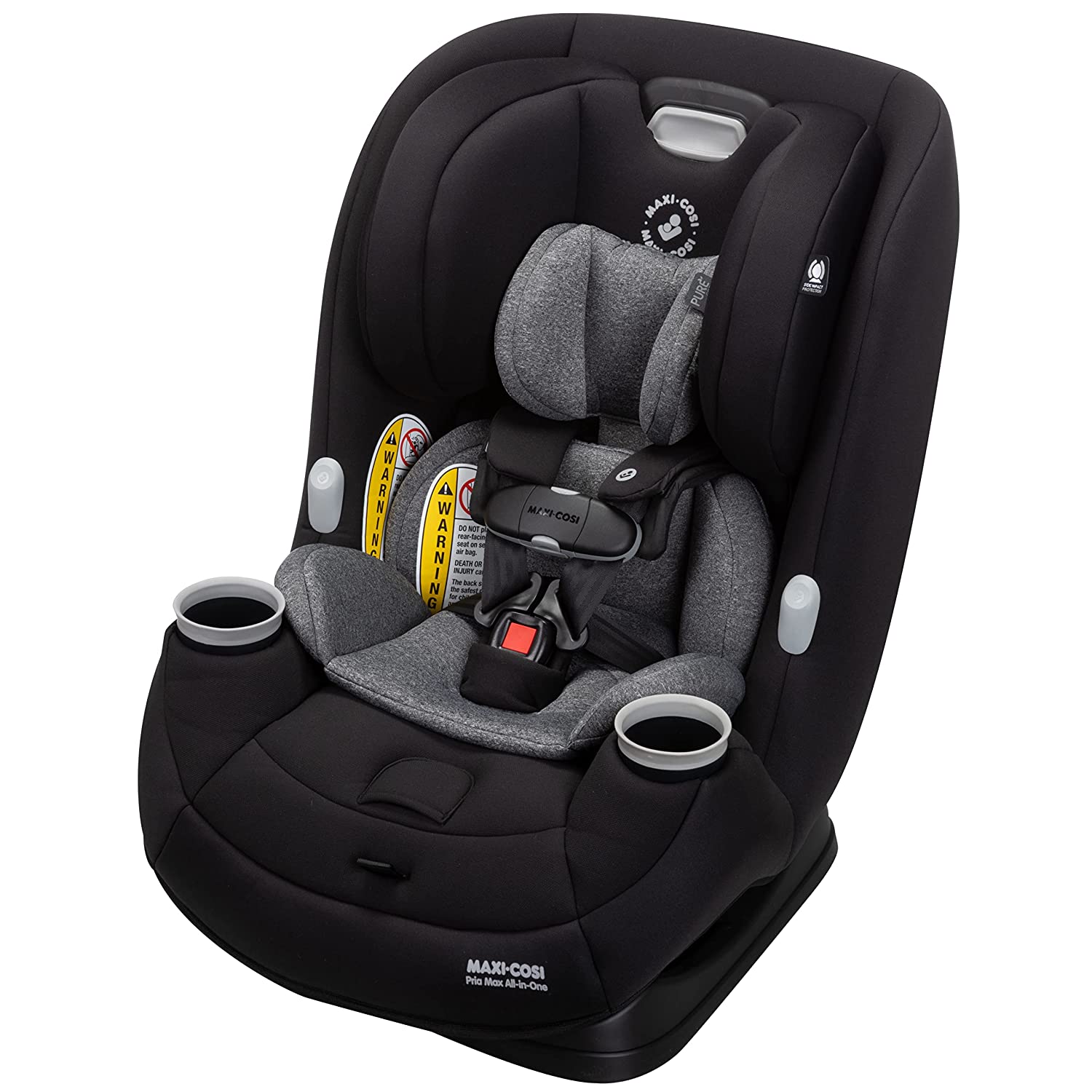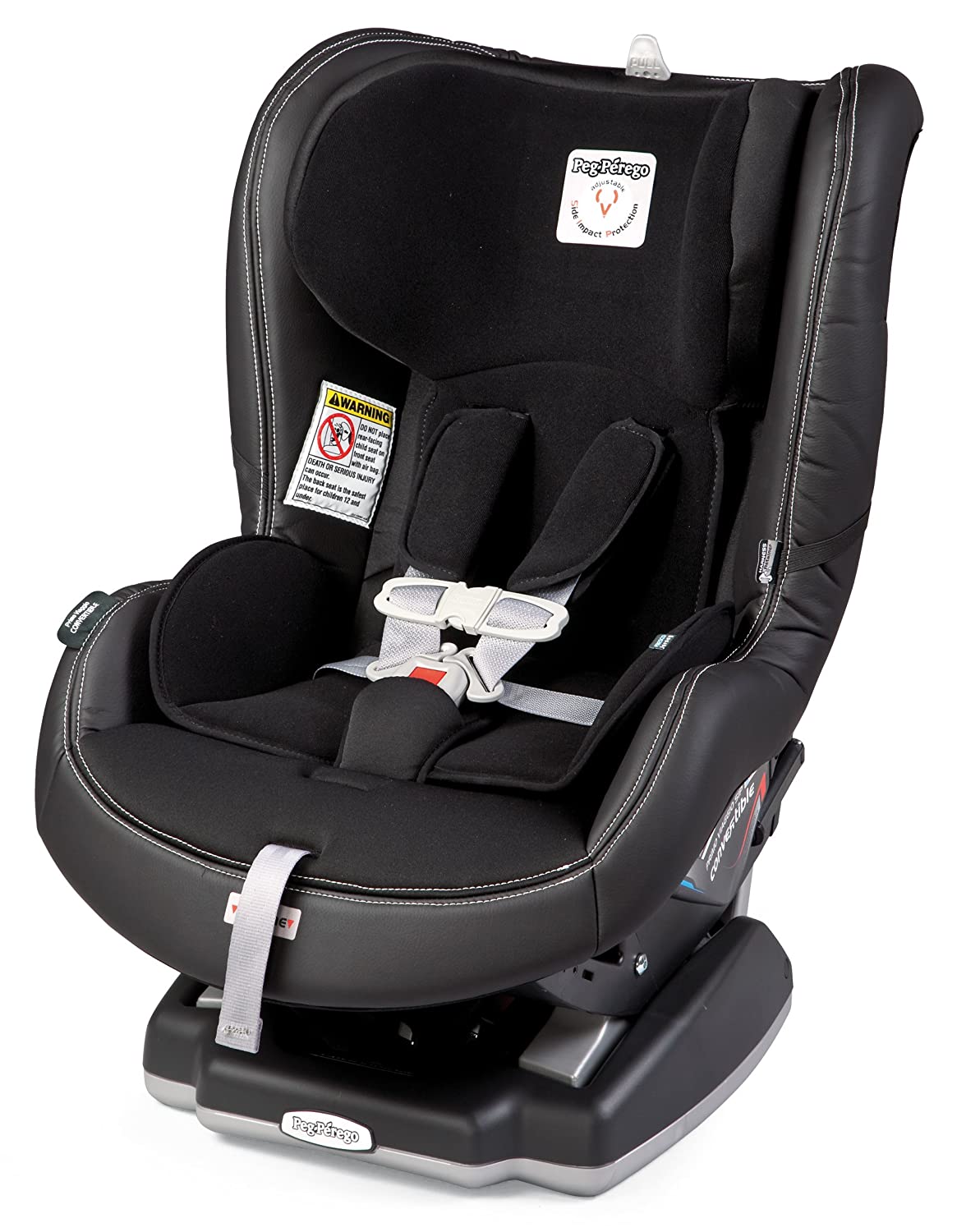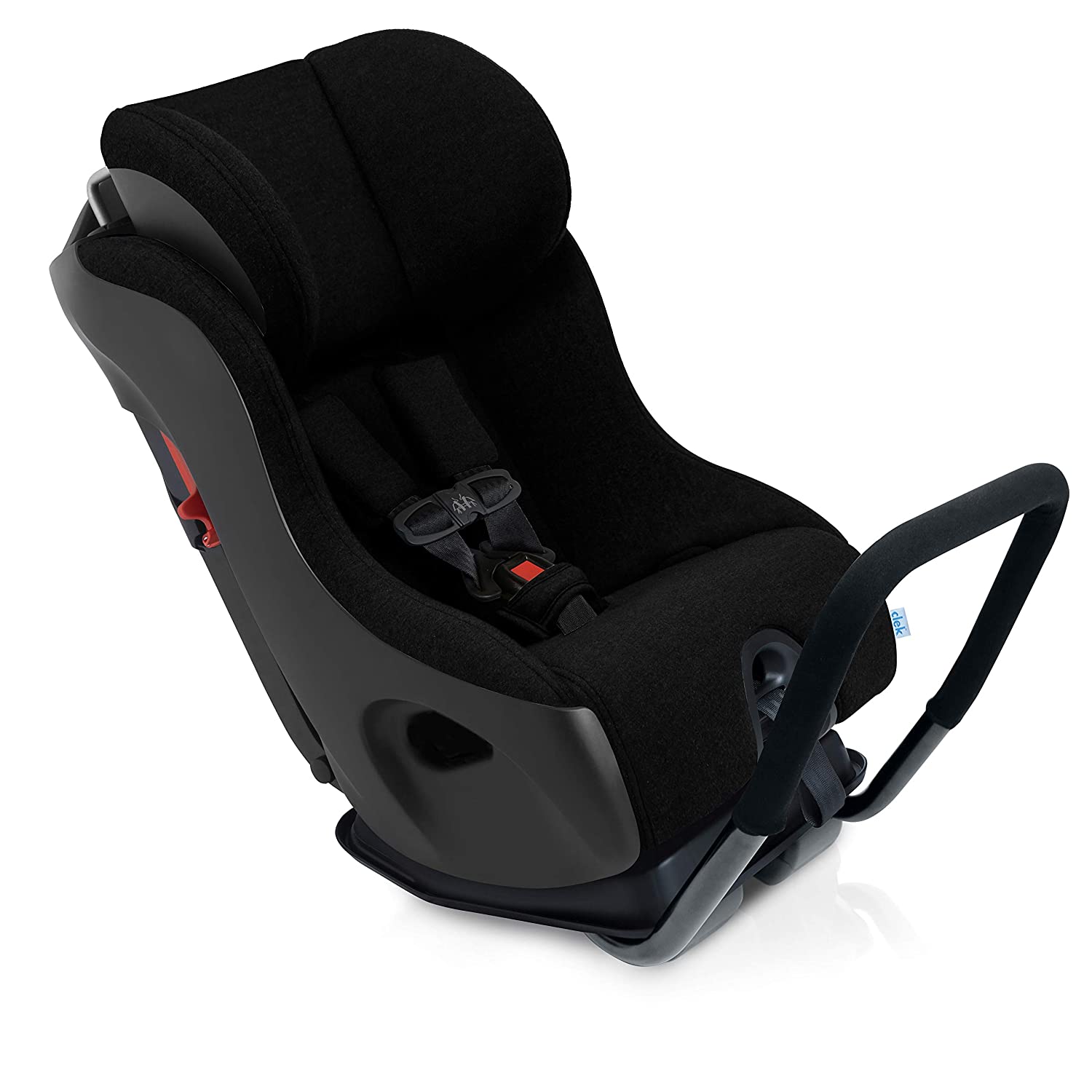Baby Trend Rear Facing Adjustable Canopy Convertible Car Seat
Last updated: April 11, 2023
You can begin using this convertible car seat with any infant who is at least 4 pounds. The seat can then be modified as your child grows, accommodating them up to 100 pounds. The seat is extremely stylish and comes with a built-in canopy, headrest and set of cupholders.
We looked at the top Convertible Car Seats and dug through the reviews from some of the most popular review sites. Through this analysis, we've determined the best Convertible Car Seat you should buy.
Product Details
Key Takeaway: With this convertible car seat, you'll have a choice between three color combinations: vespa, scooter and quartz pink.
In our analysis of 88 expert reviews, the Baby Trend Rear Facing Adjustable Canopy Convertible Car Seat placed 1st when we looked at the top 18 products in the category. For the full ranking, see below.From The Manufacturer
Introducing the Baby Trend CoverMe 4-in-1 Convertible Car Seat! s In our study involving 400+ moms currently using convertible car seats, the #1 complaint about their convertible is children irritated by sunlight in the cars. The CoverMe has an integrated patented height and angle adjustable UPF 50+ canopy for full in-car shade protection. The canopy is integrated and attached on a built-in track so it’s easy to adjust and remove. Flip-out side visors provide extra shade protection for kids when the car is in motion and the sunlight’s coming from multiple directions. Built with premium and deluxe fabric and materials, the Comfort Cabin Seat offers extra padding to keep your child comfortable on a long ride. Two deep cup holders also allow children to place their sippy cups and snacks within reach. The integrated headrest with no rethread harness offers ultra-convenience for parents when adjusting the headrest position. With the zero radius recline, plus flip foot for dual recline adjustment, parents can easily adjust the seat and recline in the car. Finally, the CoverMe can hold a child from 4 – 100lbs with four unique modes: Rear facing infant, rear facing toddler, forward facing toddler and belt positioning booster.
